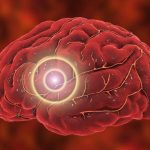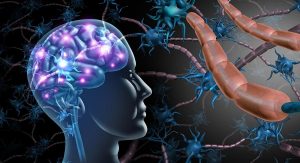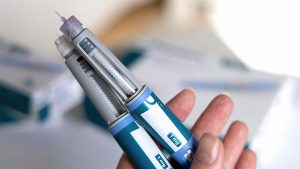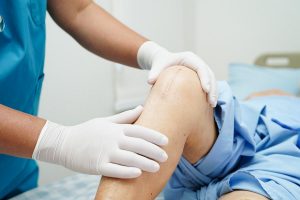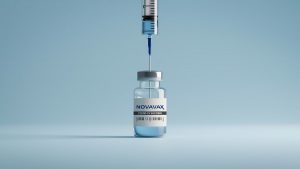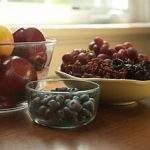
Eating more berries and drinking tea may help slow mental decline as you age, new research suggests. In a study of more than 900 adults, researchers found that foods like these — containing antioxidant flavonols — delivered brain benefits to older adults. Flavonols are found in fruits like berries, green leafy vegetables, tea and wine. For example, people who ate a serving of leafy green vegetables a day slowed their rate of cognitive decline by about 32%, compared with people who didn’t eat any foods with flavonols, said lead researcher Dr. Thomas Holland, an instructor of internal medicine at Rush University Medical Center in Chicago. “Flavonols are both anti-inflammatories and antioxidants,” he said. “These foods that contain flavonols destroy free radicals and prevent cell damage. They prevent cell damage in the brain as well as in other organs, such as the heart and vascular system, kidneys, liver, etc.” Holland isn’t keen on getting flavonols from supplements. He believes the best way to stock up on flavonols is through diet. “You’re going to get a higher diversity of nutrients from foodstuffs,” he said. “I like to maintain supplements as exactly that, supplements. They should supplement a healthy diet.” For the study, Holland’s team collected data on 961 adults, average age 81, who did not have dementia. Over an average of seven years, participants completed yearly questionnaires… read on > read on >

















